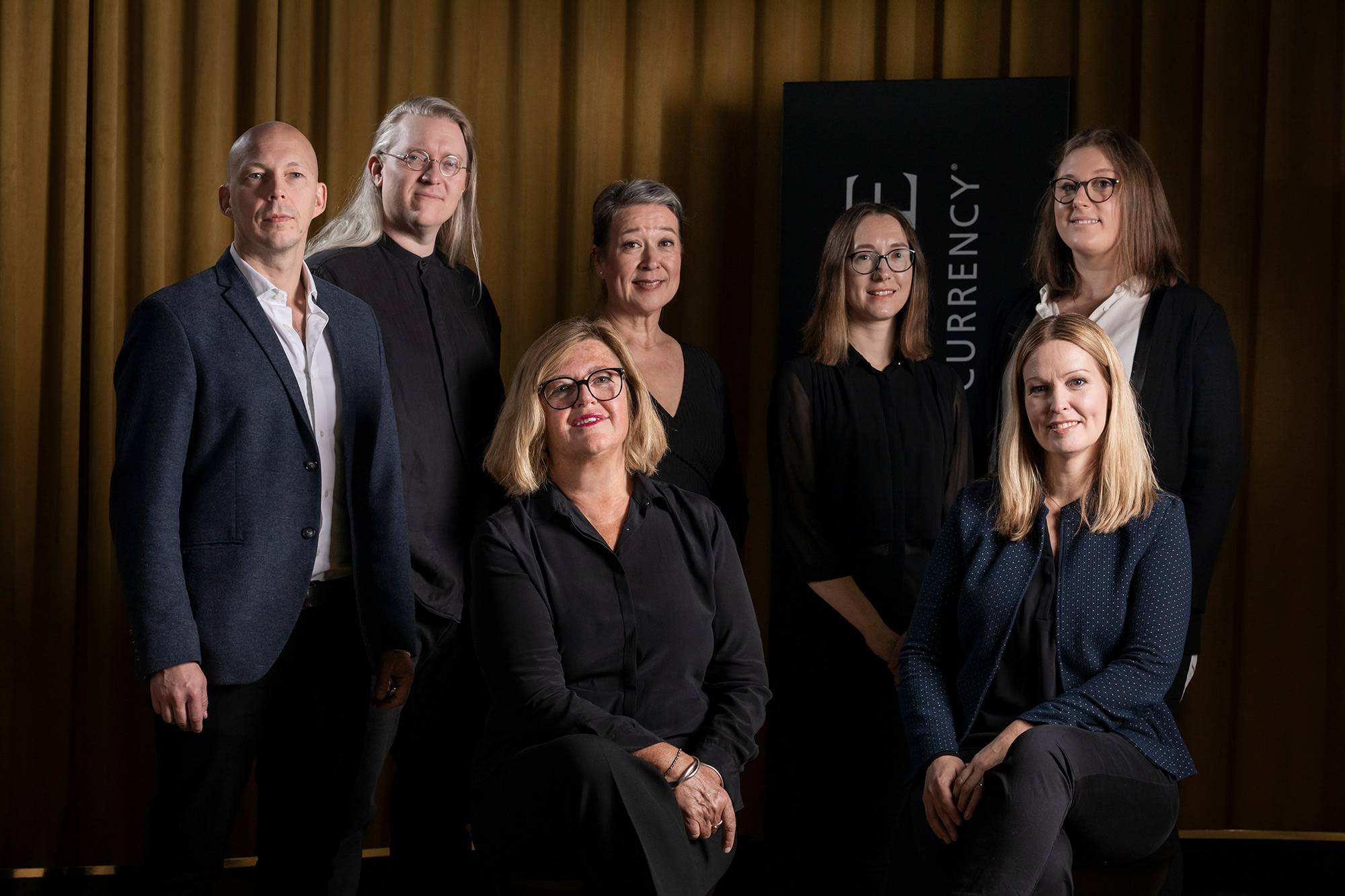BANKNOTE DESIGN SERVICES
What Makes a Great Banknote Designer?
Cash is a means of payment embraced by people all around the world. Most of us take banknotes for granted so take a closer look at them. Examine the who or what is pictured on them, their details large and small that together tell a story, and the security features that take them beyond ‘ink on paper’ to create a trusted 21st century means of payment.
Modern banknote design is indeed a job for the truly creative, and it is a calling that encompasses more than an expertise in graphic design, but also a head for engineering, mathematics, digitalization and an ability to think in two and three dimensions. Crane Currency is a global expert in banknote paper making, printing and design – and a pioneer in advanced micro-optic security technology. Crane Currency’s dedicated Design Team is working with central banks around the world from offices in Sweden, Malta, and United States to make the banknotes of their central bank customers functional, beautiful, and secure.
Cultivating Design Talents
If you ever consider yourself working with banknote design, know that having an extremely developed aptitude for image creation and a knack for problem solving won’t excuse you from a lengthy period of skill acquisition. The reason is that the modern banknote designer is for all intents and purposes a product designer, and a working knowledge of the trade’s esoteric materials and production processes is critical for success in the field.
Karin Mörck-Hamilton is the Director of Global Design at Crane Currency. According to her, it’s not possible to take people into designing banknotes straight from design school or industries traditionally associated with graphics creation, e.g., the advertising industry. A banknote designer needs to be able to solve a puzzle of functionality and security and must look at the complicated assignments of banknote creation holistically.
“The images we create are not the most important thing. These fill an important part of the final product but they are only a small part of the finished product – a well-designed banknote”, says Karin Mörck-Hamilton. “As a banknote designer, you therefore must ask yourself, what is the objective with the product we’re creating? It is foremost a functional product. A degree of functionality means that we need to have a huge focus on and knowledge of the details. If one part of the design fails, the whole project can go wrong,” Karin explains.
Recruiting Banknote Designers from other Industries
Crane Currency is always looking broadly for adding talent and recruitment is an ongoing process. One of the new designers in Tumba, Sweden, has a background from Konstfack, The University of Arts, Crafts and Design in Stockholm. Another team member who recently joined Crane Currency hails from a career of designing clothes.
“It’s important to have experience from artistic design but not necessarily banknote design. Academic background is important since through that process you’ve learnt how to work in teams, take and adapt your work to criticism and work with clients,” says Sara Trygg-Rudberg, Head of Banknote Design at Crane Currency and one who has been with Crane Currency for more than ten years.

A Standardized Design Process for Global Success
A fundamental part of building a global Design Team is to have a clear and standardized work method. Crane Currency has created an internal process that everyone is obliged to follow – independent of their specific task within the team and their location.
That is crucial since the Design Team consists of different talents and accountabilities that together must form the pieces of a completed puzzle. The designers are experts within a specific field such as drawing, graphics or typography. Crane Currency’s Design Process guides each using a common set of values, best practices, and methods.
As the fastest growing player in the banknote production industry, a Crane Currency designer has great opportunities to develop his or her own skills further. They are encouraged to go deeper within their specific areas. To work with advanced software, graphical elements of line structures and patterns, and exciting materials– many of which when rendered by the specialized printing equipment used in banknote production are three dimensional.